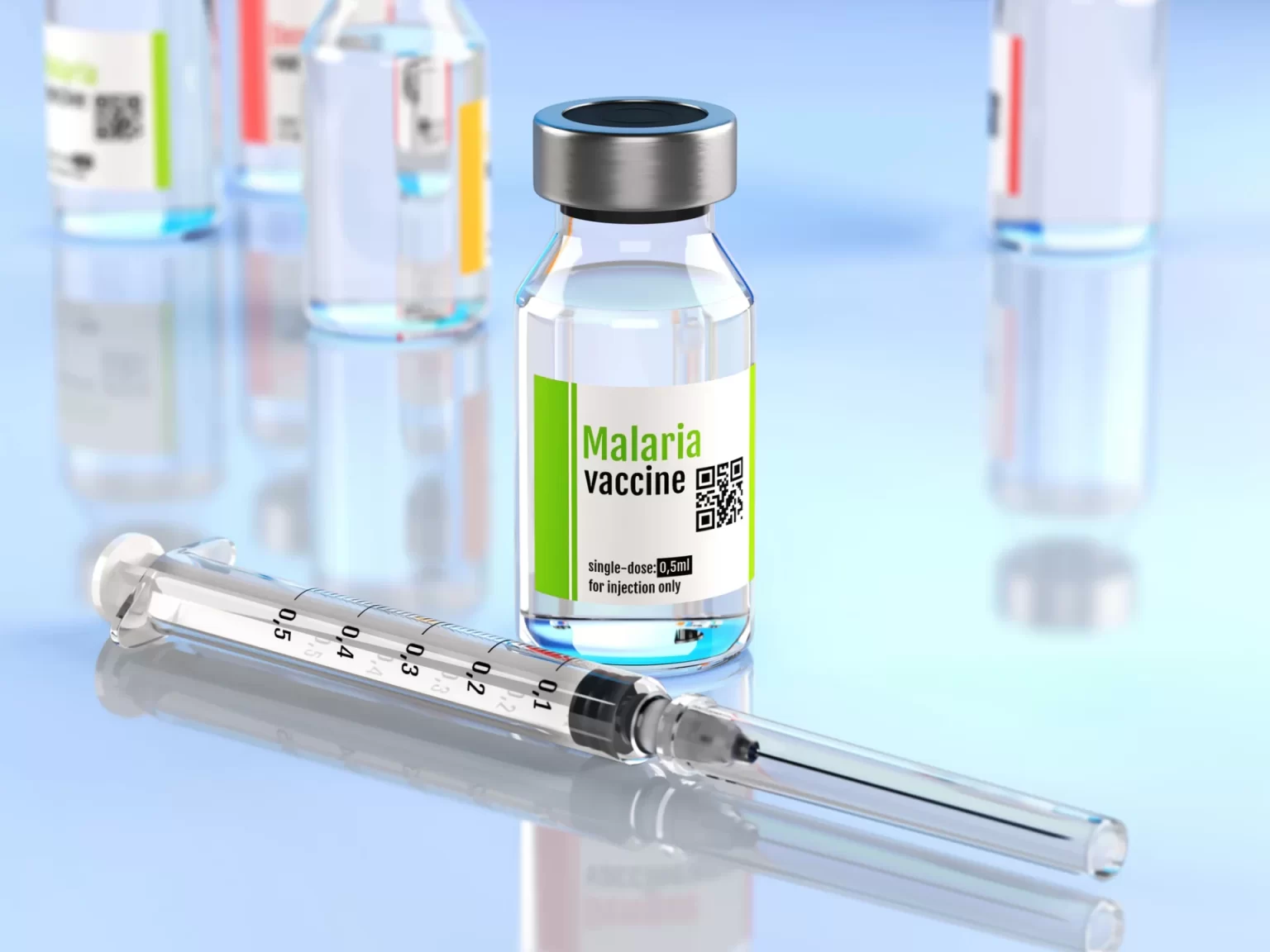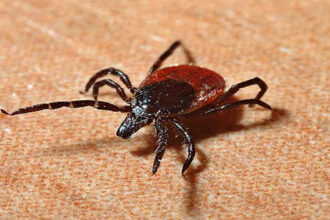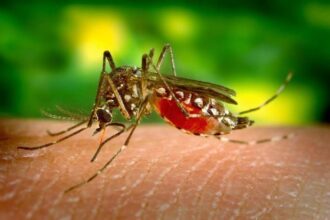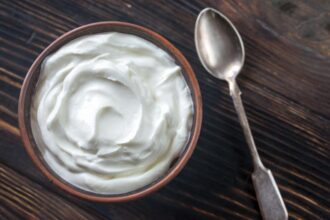An cheap, widely distributed malaria vaccine created by the University of Oxford has been recommended by the World Health Organization (WHO), marking a significant advancement in the fight against the potentially fatal disease conveyed to humans by some mosquitoes.
The primary victims of malaria, a serious worldwide health concern that has been a significant issue for more than a century, are babies and infants. However, contracts have already been made to produce more than 100 million doses of the new vaccine R21 annually.

WHO suggests a new, less expensive malaria vaccination for kids
It is challenging to create a vaccination against the illness since it is brought on by a sophisticated parasite that is conveyed by blood-sucking mosquitoes and is more clever than a virus because it can change shape inside the human body.
It has been nearly two years to the day since the WHO approved the first vaccine, known as RTS,S and created by GSK, according to the BBC.
- Advertisement -
The WHO’s director-general, Dr. Tedros Adhanom Ghebreyesus, stated: “I used to dream of the day we would have a safe and effective vaccine against malaria, and now we have two.”
The UN health organization claimed that both vaccines’ efficacy was “very similar,” but the main distinction was Oxford University’s capacity to produce R21 on a large scale.
Even though there are now only 18 million RTS,S doses available, Serum Institute of India, the largest vaccine maker in the world, wants to raise production to 200 million doses annually and produce over 100 million doses annually.
The new R21 vaccination was described as a “vital additional tool” by the WHO. Each dose costs between $2 and $4, and each person requires four doses, making it roughly half as expensive as RTS,S.
The two malaria vaccines target the same stage of the parasite’s lifecycle and use similar technologies, but the more recent vaccine is simpler to produce since it has a smaller dose and a simpler adjuvant.
There were 247 million cases of malaria in 2021, and 619,000 people died from it, the majority of them young children. Africa accounts for more than 95% of malaria cases.
Dr. Matshidiso Moeti, the WHO regional director for Africa, commented on the vaccine’s potential when he said: “This second vaccination bears genuine potential to close the enormous demand-and-supply gap.
“The two vaccines can support malaria prevention and control efforts and save hundreds of thousands of young lives when widely implemented and delivered at scale.”
According to data posted online, the R21 vaccine has been shown to be 75% effective in preventing malaria in seasonal areas despite not having undergone the usual scientific review procedure.
In locations where the parasite is prevalent all year round, the WHO’s strategic advisory group of specialists contends that the efficiency of the malaria vaccine is reduced, equivalent to the effectiveness of the first vaccination in seasonal areas.
Director of the Jenner Institute in Oxford, where R21 was created, Prof. Sir Adrian Hill, stated: “The vaccine is easily deployable, cost-effective and affordable, ready for distribution in areas where it is needed most, with the potential to save hundreds of thousands of lives a year.”












